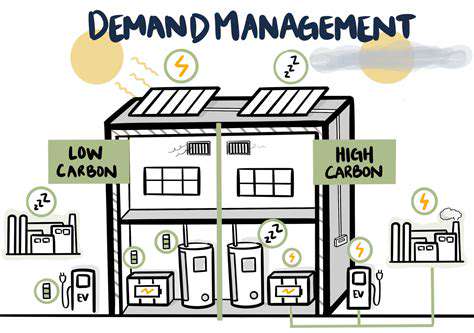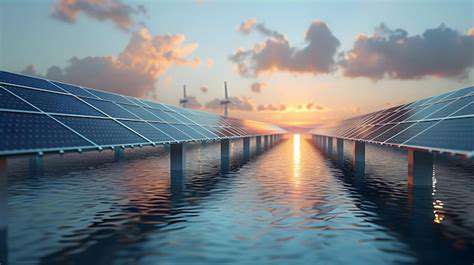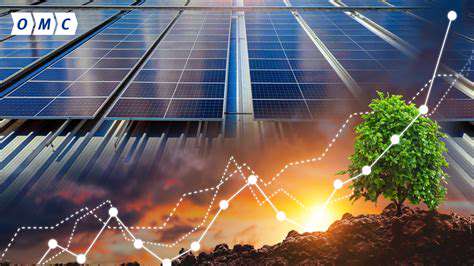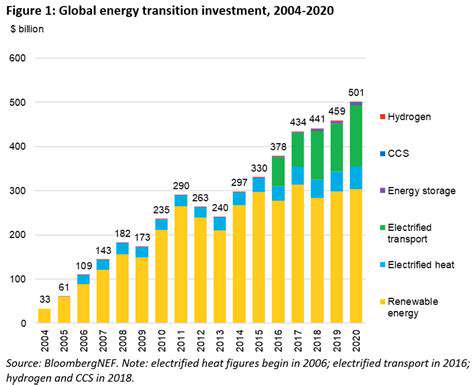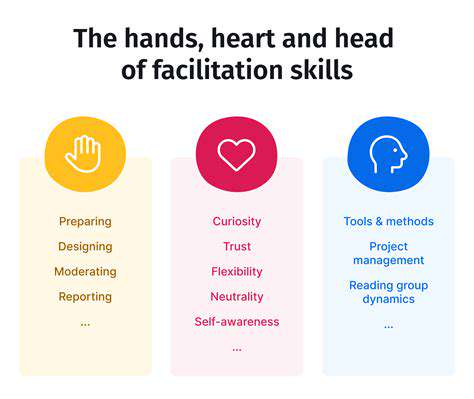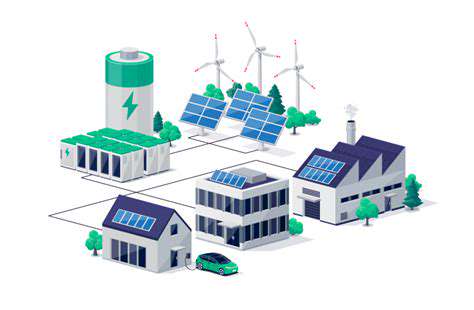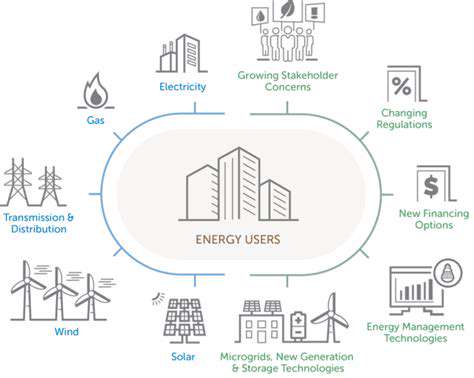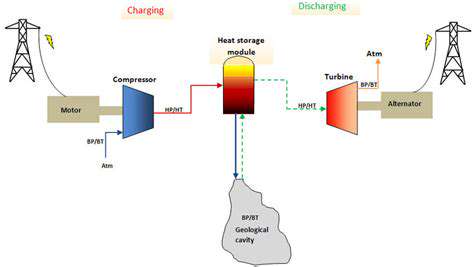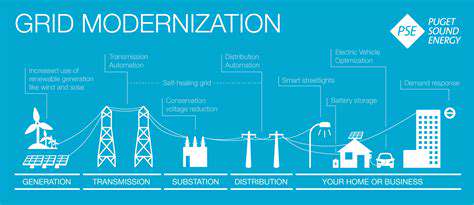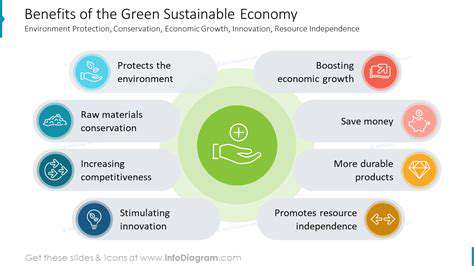Wind Energy Advancements for Green Hydrogen Production
Optimizing Wind-Electrolysis System Integration

Addressing Wind Integration Complexities
Incorporating wind generation into modern power grids presents multifaceted technical challenges, primarily stemming from the inherent variability of wind resources. Accurate production forecasting remains an ongoing challenge for grid operators managing supply-demand balance. This uncertainty necessitates sophisticated prediction models and adaptive grid management protocols. Additionally, the geographical mismatch between prime wind resources and load centers often requires extensive transmission infrastructure development.
The intermittent nature of wind generation can introduce voltage and frequency stability concerns across interconnected systems. Modern grid architectures must incorporate advanced power electronics and control systems to maintain operational reliability. These technological solutions help mitigate the impacts of rapid generation fluctuations while ensuring consistent power quality for end-users.
Advancing Forecasting Methodologies
State-of-the-art wind forecasting now integrates machine learning algorithms with high-resolution meteorological models. These systems analyze extensive historical performance data alongside real-time atmospheric conditions to improve prediction accuracy. The integration of distributed sensor networks and advanced data analytics has significantly enhanced forecasting reliability in recent years.
Modern forecasting platforms increasingly incorporate ensemble modeling techniques to account for atmospheric uncertainty. These probabilistic approaches provide grid operators with confidence intervals rather than single-point estimates, enabling more robust operational planning. The continuous improvement of these tools directly contributes to higher wind penetration levels while maintaining grid stability.
Enhancing Grid Adaptability
Modern power systems require unprecedented flexibility to accommodate variable renewable generation. This evolution involves both physical infrastructure upgrades and advanced operational strategies. Next-generation grid architectures incorporate distributed energy resources and intelligent control systems to dynamically manage power flows. These smart grid technologies enable more efficient utilization of existing transmission assets while improving overall system resilience.
Energy storage solutions play an increasingly critical role in balancing intermittent generation. Advanced battery systems and hybrid storage configurations provide essential grid services while enabling greater renewable penetration. When strategically deployed, these technologies can significantly reduce curtailment and improve overall system economics.
Implementing Adaptive Control Systems
Contemporary grid management relies on sophisticated control algorithms that coordinate diverse generation assets in real-time. These systems continuously optimize resource dispatch to maintain stability while minimizing operational costs. The integration of artificial intelligence enables more proactive response to changing system conditions.
Advanced control architectures now incorporate predictive capabilities that anticipate generation fluctuations before they occur. This forward-looking approach allows operators to preposition reserves and adjust generation schedules preemptively. Such innovations are critical for maintaining reliability in systems with high renewable penetration.
Sustaining Innovation Through Research
The ongoing energy transition demands continuous technological advancement across multiple domains. Strategic investments in grid modernization, storage technologies, and advanced materials are essential for achieving decarbonization targets. Public-private partnerships play a crucial role in accelerating the development and deployment of these innovations.
Long-term system studies and demonstration projects provide valuable insights for future grid planning. These initiatives help identify optimal technology pathways while validating performance under real-world conditions. Sustained research efforts will be critical for addressing the technical and economic challenges of deep decarbonization.
Future Outlook for Wind-Powered Hydrogen
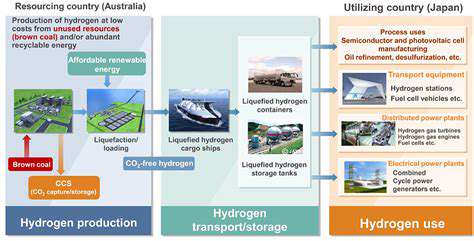
Technology Innovation Pathways
The accelerating pace of technological progress creates both opportunities and challenges across energy systems. We're observing transformative developments in materials science, digital technologies, and energy conversion systems that could redefine clean energy production. For instance, advanced electrolyzer designs and novel catalyst materials promise to dramatically improve green hydrogen economics. Similarly, innovations in wind turbine technology continue to push performance boundaries while reducing levelized costs.
However, these advancements raise important questions about technology readiness and implementation timelines. Responsible innovation requires careful consideration of lifecycle impacts and supply chain sustainability. Developing robust frameworks for technology assessment and deployment will be essential for maximizing benefits while minimizing unintended consequences.
Economic Considerations and Market Dynamics
The global energy landscape is undergoing fundamental restructuring as renewable technologies achieve cost parity with conventional alternatives. This transition creates complex interactions between established energy markets and emerging clean energy value chains. Understanding these evolving dynamics is critical for investors, policymakers, and industry participants navigating the energy transition.
Market design innovations and policy mechanisms will play a decisive role in scaling renewable hydrogen production. The development of robust certification systems and international standards will be particularly important for creating liquid markets for green hydrogen. These institutional frameworks must evolve in tandem with technological advancements to support commercial deployment.
Social and Environmental Implications
The renewable energy transition carries profound implications for workforce development and community engagement. Successful implementation requires thoughtful approaches to skills training and regional economic development. The distributed nature of wind resources and hydrogen production opportunities could drive meaningful rural economic revitalization if properly structured.
Environmental stewardship remains paramount throughout the energy transition. Comprehensive impact assessments and continuous monitoring protocols must accompany renewable energy deployment. Balancing climate objectives with biodiversity protection and other environmental considerations will require innovative approaches to project siting and operations.
